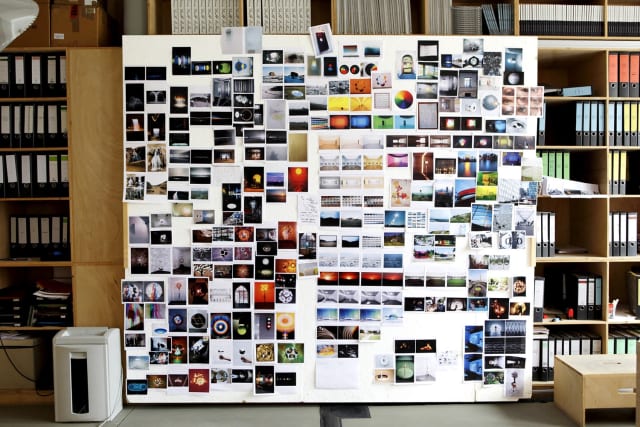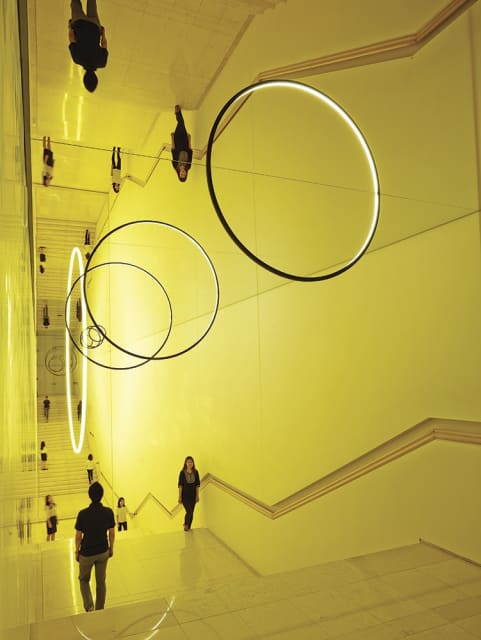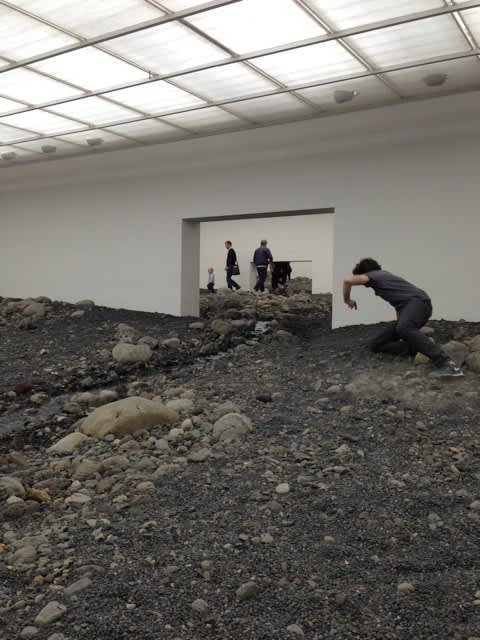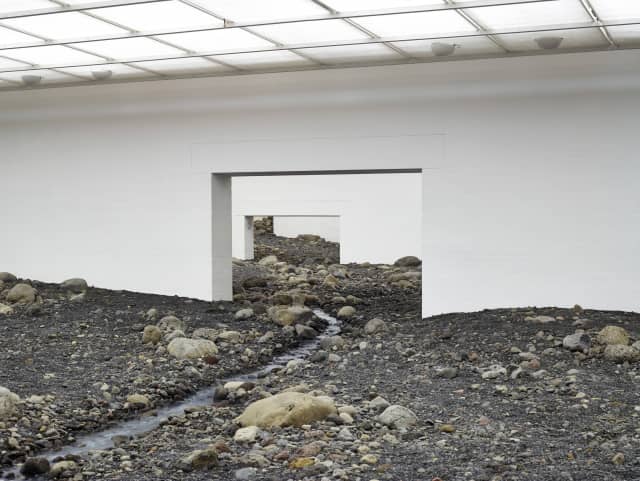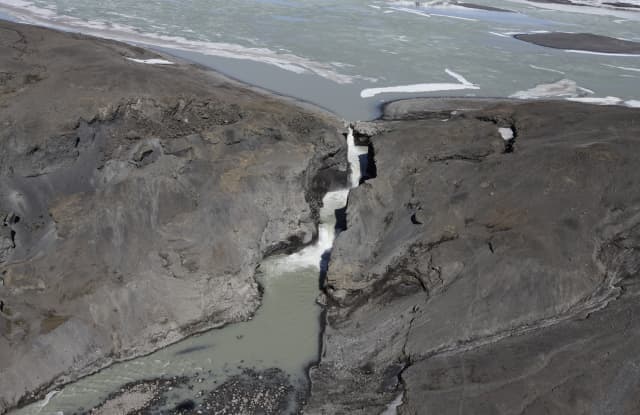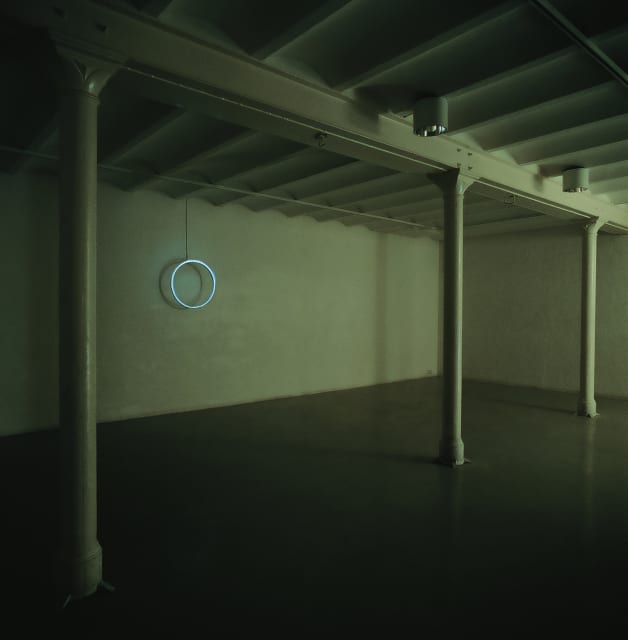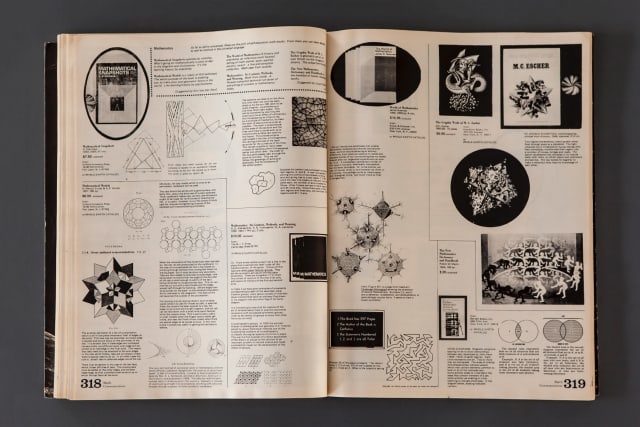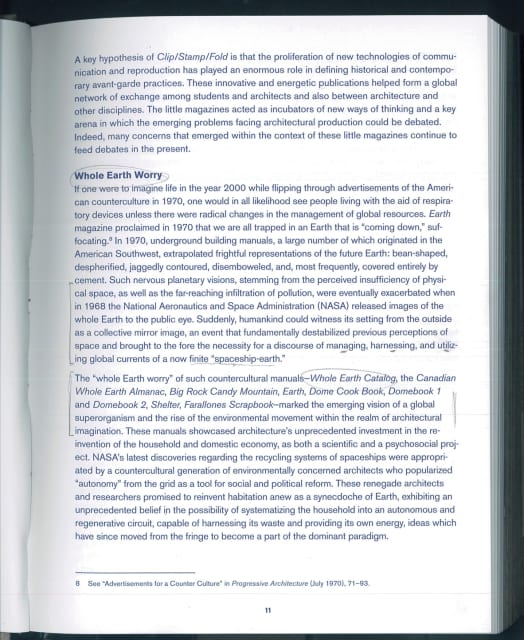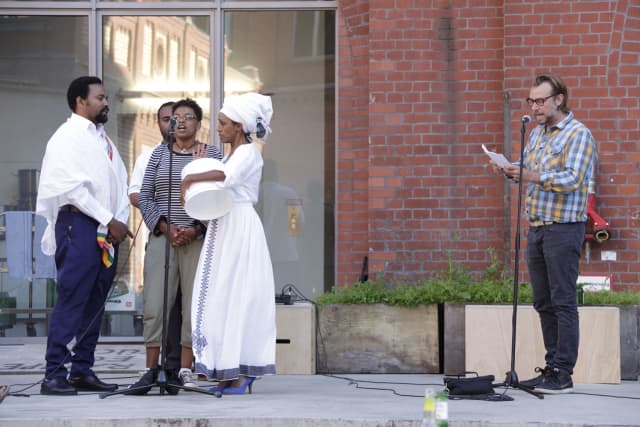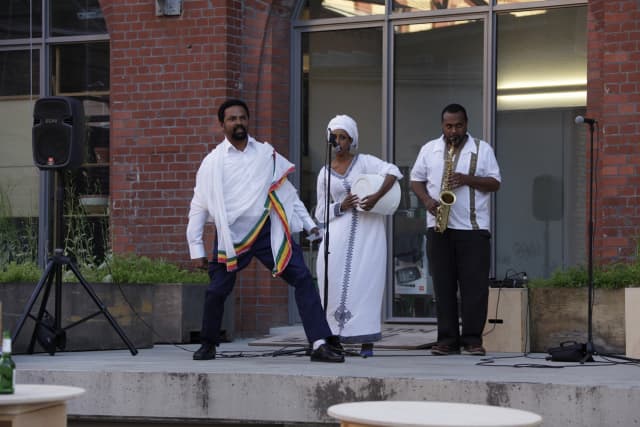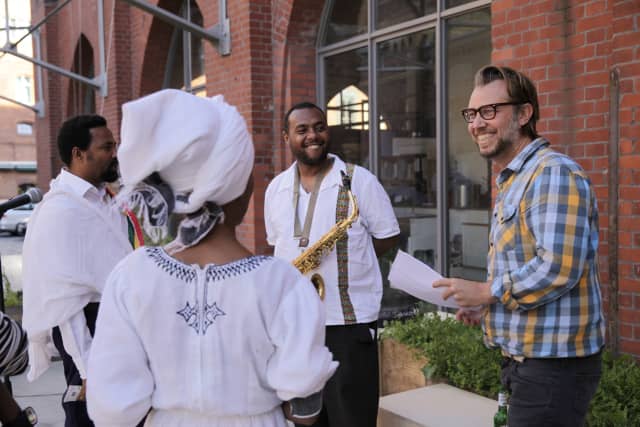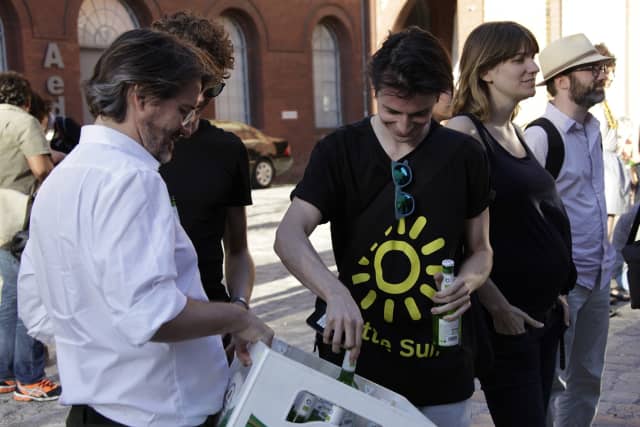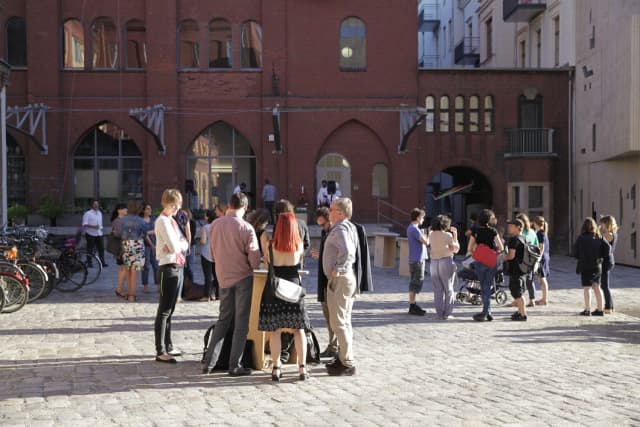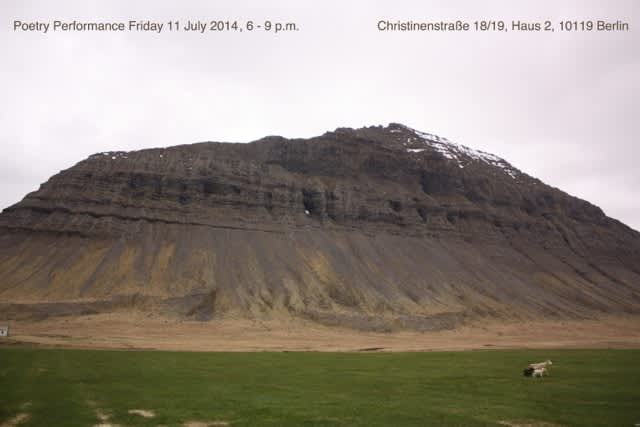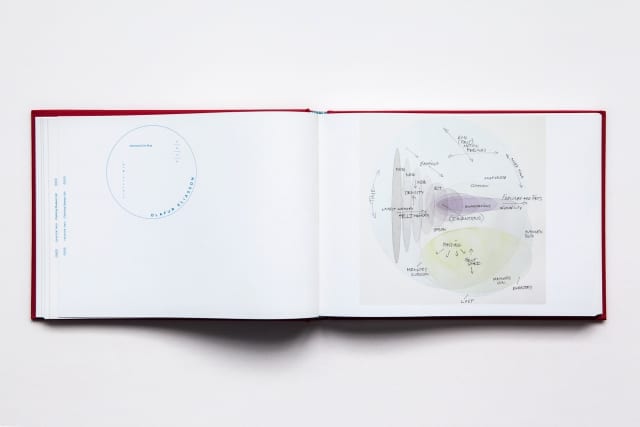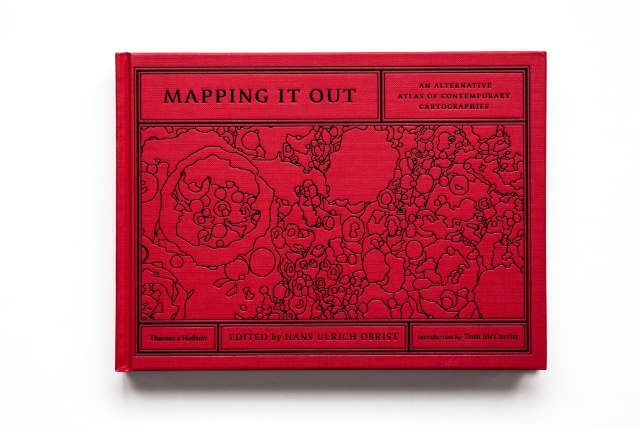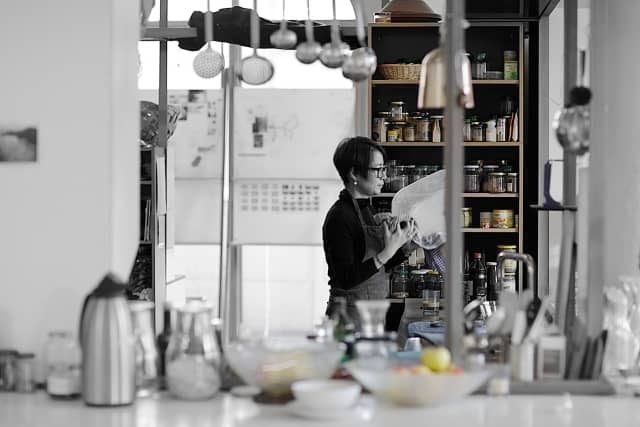
View of Know-how kaleidoscopes, 2014, Kabelparken, Copenhagen
Video: Bo Tengberg

Now: Know-how kaleidoscopes, 2014, Kabelparken, Copenhagen

Model room, 2003, now on view at Louisiana Museum of Modern Art, Denmark
Ping-pong on the façade of the Harpa Reykjavik Concert Hall


Astrolafur: anti-gravity dance
Active memory: from the anti-gravity archive
Excerpt from: Your Gravitational Now
Originally published in David Featherstone and Joe Painter, eds.,
Spatial Politics: Essays for Doreen Massey (Chichester, 2013), pp.125–32.
Imagine standing on the vast banks of black sand just south of Vatnajökull,
the largest glacier in Iceland, looking northwards onto the tip of Skeidarárjökull,
one of its glacier tongues. From this particular point, the wide glacier takes up
a large part of the horizon, and its gravel- and ash-covered nose sprawls into an
ungraspable mass. Abstraction and impalpability pervade, filtered through your
here-and-now body. Standing right in front of the glacier, you may first begin to
feel a degree of intimacy and familiarity. The experience of proceeding onto the
glacier itself is a moment of intense physical drama. Pressurised by the mass
of ice, a sub-glacial water current causes the otherwise dry black sand right in
front of the tongue to undulate like a fatigued trampoline. Cautiously trying to
cross the few yards of billowing sandy surface to the glacier itself, you develop
a funny, anti-gravity-like gait – a bit like moon-walking. Hoping to defy physics,
you make yourself light, distribute your weight as evenly as possible, heart
pounding. Quicksand below threatens to pull you in.


‘Contact is content is a visual narrative that takes you up close and far away, that asks you to turn around, to look at the landscape anew, to look at yourself. As the material came together, content arose through contact between landscapes and artworks, bodies and weather conditions, light and relative darkness.’
Olafur Eliasson


Olafur Eliasson and Ai Weiwei's Moon
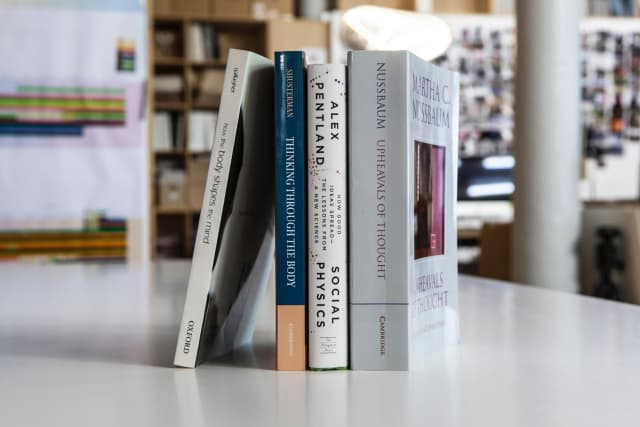
Books we are reading at the moment

Your inner we, on the occasion of the European Parliament Election
How do we make Europe felt?
How do we give it a body, presence, relevance?
Answers to these questions require identification with and commitment to a vision that transcends national borders; they require trust in one another, also in the other that we don’t know. How do we generate such states of being and doing?
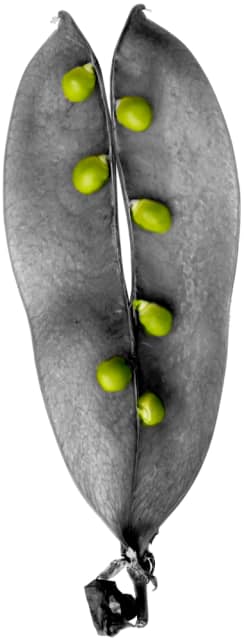
TYT [Take Your Time], Vol. 5: The Kitchen
Lemon Pasta
By Christina Kim
Serves 6 | 60
2 | 20 cloves garlic, peeled
4 | 35 lemons, juice and finely grated zest
sea salt
50 g | 500 g pickled green peppers, chopped
freshly ground pepper
200 ml | 1.5 litres olive oil
200 g | 1.5 kg parmesan, freshly grated
600 g | 6 kg spaghetti, or fusilli for the large quantity
2 handfuls | 8 bunches fresh basil or coriander, finely chopped
In mortar and pestle, pound together the garlic, lemon zest, and sea salt. Add the pickled peppers and a dash of their juice and continue to pound. Season with freshly ground pepper. Transfer to a large bowl, add the lemon juice and a generous amount of olive oil, and mix. Stir in the parmesan and let rest.
Cook the spaghetti in a generous amount of boiling salted water, then drain and add to the lemon sauce. Add the fresh basil or coriander, mix well, and serve with extra parmesan.
Your exhibition guide - an app by Olafur Eliasson
